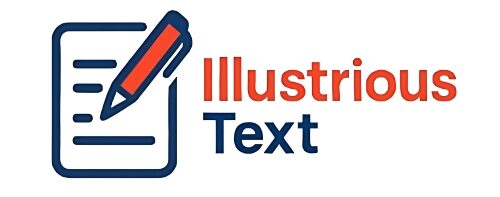
Salesforce, a leading customer relationship management platform, offers robust tools for developers to build custom applications. One of these tools is Apex, a proprietary programming language that allows developers to execute flow and transaction control statements on Salesforce servers in conjunction with calls to the API. While Apex provides powerful capabilities, it also necessitates a deep understanding of security practices to protect sensitive data and maintain the integrity of the applications built on the Salesforce platform.
Apex is designed to allow developers to perform complex tasks, but with great power comes the responsibility to ensure that these operations do not expose vulnerabilities. Developers need to be vigilant about various security concerns such as injection attacks, cross-site scripting, and unauthorized access. By implementing best practices, developers can mitigate potential risks that could compromise the security of their applications.
One crucial aspect of securing Apex applications is preventing injection attacks. These occur when an attacker is able to insert or “inject” malicious code into an application. This can lead to unauthorized access and manipulation of data. To prevent such attacks, developers should use parameterized queries and avoid dynamic SOQL (Salesforce Object Query Language) whenever possible. Ensuring that user inputs are properly validated and sanitized before being processed by the application is another critical step in safeguarding against injection vulnerabilities.
Another common security threat is cross-site scripting (XSS), where attackers inject malicious scripts into web pages viewed by other users. In the context of Salesforce, it is essential to encode outputs properly and apply strict content security policies to prevent XSS attacks. Developers should also be aware of the potential for cross-site request forgery (CSRF) attacks, where unauthorized commands are transmitted from a user that the application trusts. Implementing CSRF protection tokens can help in mitigating this risk.
For developers seeking to deepen their understanding of security in Salesforce, resources like the apex salesforce security page provide valuable insights and tools to assess the security posture of their applications. By leveraging such resources, developers can stay informed about the latest security threats and techniques to counter them.
Authentication and authorization are also fundamental components of securing Apex applications. Salesforce provides a robust framework for managing user permissions and roles, but developers must ensure that these are configured correctly to prevent unauthorized access. Implementing field-level security and object-level security can further enhance the protection of sensitive data within Salesforce applications.
Moreover, developers should regularly review and update their security practices to adapt to evolving threats. This includes staying informed about new vulnerabilities and patches released by Salesforce. Engaging with the developer community and participating in forums can also provide valuable insights and advice on best practices for securing Apex applications.
For a comprehensive understanding of Salesforce security, visiting reliable resources such as DigitSec can provide developers with the necessary tools and knowledge to enhance their security measures. By taking a proactive approach to security, developers can protect their applications and ensure a safe environment for users.
In conclusion, securing Apex applications is a critical responsibility for Salesforce developers. By understanding and implementing best practices, developers can protect their applications from common security threats and ensure the integrity and confidentiality of data within the Salesforce platform.

